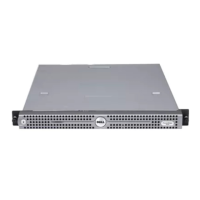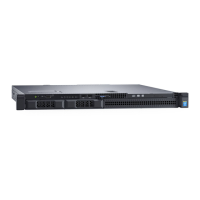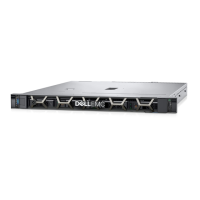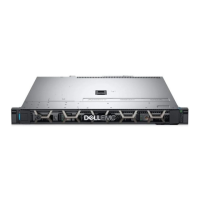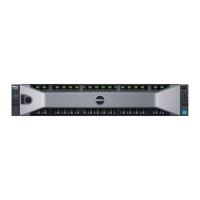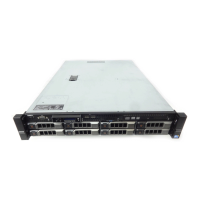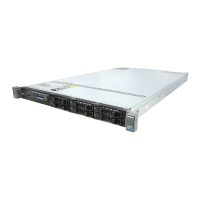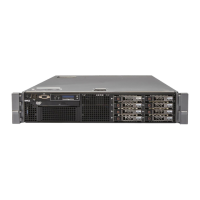118 Troubleshooting Your System
15
To troubleshoot an unspecified faulty memory module, replace the
memory module in the first DIMM socket with a module of the same type
and capacity. See "Installing Memory Modules" on page 81.
16
Close the system. See "Closing the System" on page 63.
17
As the system boots, observe any error message that appears and the
diagnostic indicators on the front of the system.
18
If the memory problem is still indicated, repeat step 12 through step 17 for
each memory module installed.
If the problem persists after all memory modules have been checked,
see "Getting Help
" on page 133
.
Troubleshooting an Internal USB Key
CAUTION: Many repairs may only be done by a certified service technician. You
should only perform troubleshooting and simple repairs as authorized in your
product documentation, or as directed by the online or telephone service and
support team. Damage due to servicing that is not authorized by Dell is not covered
by your warranty. Read and follow the safety instructions that came with the
product.
1
Enter the System Setup program and ensure that the USB key port is
enabled. See "Integrated Devices Screen" on page 44.
2
Turn off the system and attached peripherals.
3
Open the system. See "Opening the System" on page 62.
4
Locate the USB key and reseat it. See "Internal USB Memory Key" on
page 76.
5
Close the system. See "Closing the System" on page 63.
6
Turn on the system and attached peripherals and check if the USB key is
functioning.
7
If the problem is not resolved, repeat step 2 and step 3.
8
Insert a different USB key that you know works properly.
9
Close the system. See "Closing the System" on page 63.
10
Turn on the system and attached peripherals and check if the USB key is
functioning.
If the problem is not resolved, see
"Getting Help
" on page 133.
book.book Page 118 Wednesday, August 12, 2009 4:51 PM
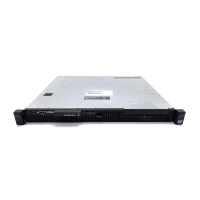
